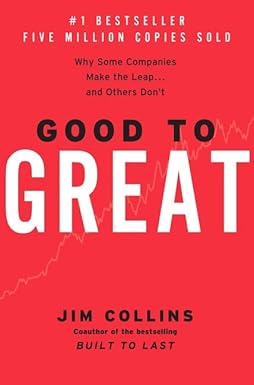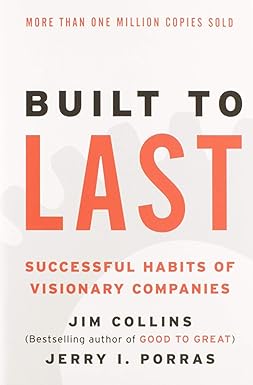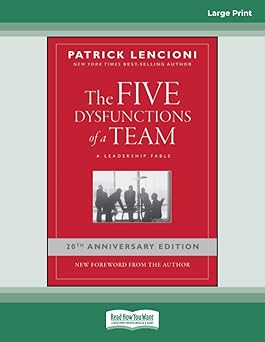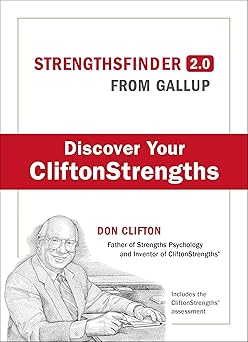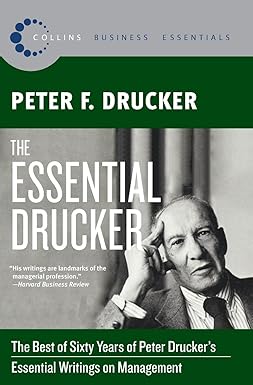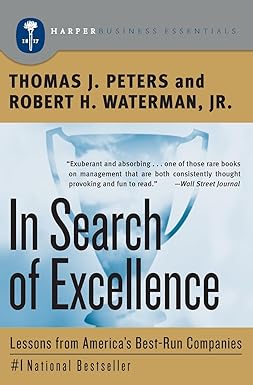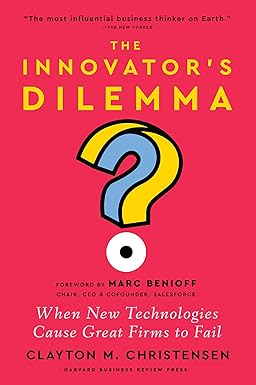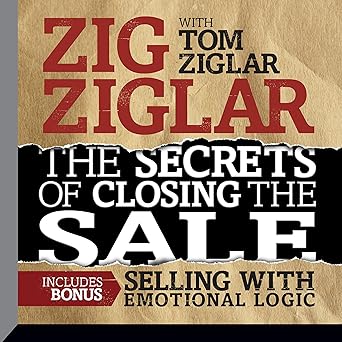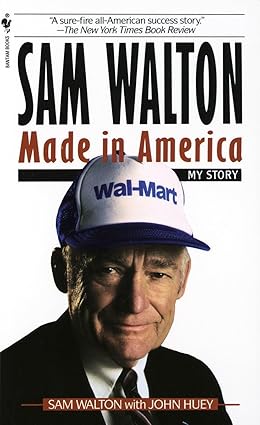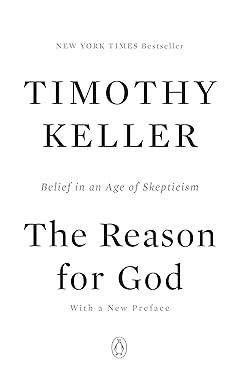“What’s the best book I should read to make my firm better and improve my leadership?” To that question, I usually answer Jim Collins, Good to Great.
Of the millions of good firms in the world today, only a few emerge to become great. This book describes how, and the kind of people who are most effective leading firms to greatness. This classic describes solid research methodology, but communicates with simplicity and clarity some of the most important truths leaders need to grasp, whether applied to business, non-profit organizations or families.
If you have not read Collins’ earlier book, Built to Last, written with fellow Stanford professor Jerry Porras, you definitely should add it to your library. It demonstrates that values determine long-term profitability and stability. Collins has written other recent and segmented books, also very useful, but there is a reason that Built to Last and Good to Great were the best-selling business books of the past two decades. Reading them on your Kindle is fine, but these two books are ones you may want to buy in printed form to mark-up and pass on to your children and grandchildren.
A recent book, but correctly classified as a classic. Patrick Lencioni spins a fable about a mythical firm readers quickly realize represents many contemporary organizations. After his engaging fable, he analyzes solutions to “five dysfunctions” (absence of trust, fear of conflict, lack of commitment, avoidance of accountability, and inattention to results). A quick read that takes time to absorb, but is capable of producing lasting change in any type of organization in which you are involved.
You cannot do anything you want to do — or be anything you want to be — because you are just not going to be good at everything. However, if you work with your talents, you can be extraordinary. That is the message of the latest incarnation of StrengthsFinder, a classic that has helped millions to understand what they and others do best. That leads to improved understanding and performance, whether the context is an organization, a marriage, or helping your children develop their potential. A useful read, but you have to buy the book and its unique computer code to go on-line and quantify your own unique abilities. You may be surprised at what you learn about yourself!
The Executive’s Executive. The Consultant’s Consultant. The Professor’s Professor. Those are appropriate accolades for Peter Drucker, the person who described management for the masses. You will benefit from reading any of his many books, but this one contains the essentials, distilling an encyclopedia of management knowledge into one, readable volume.
Dr. Tom Peters and his colleague Robert Waterman pioneered best-selling business books and speaking careers explaining their books to mass markets. When I was on a program with Tom, a member of the audience asked if most of his ideas were not similar to Peter Drucker. Tom said he had not read Drucker, but the next year at a similar meeting, he told me he went back and read Drucker and it was true, their ideas were similar. That is my way of saying, “If you want to understand classic ideas that help achieve excellence in management and strategy, read books written by Drucker and Peters. Tom later wrote many additional books with powerful ideas, but it is useful to start with the foundation. Search for Excellence was the foundation of best-selling business books.
If you are the leader in services, retailing, manufacturing or any other business, you are in danger of being pushed aside unless you abandon much of what you are now doing and adapt to challenges from the innovators who want your customers. To prevent that happening, this famous Harvard Business Professor (and a truly fine human being) provides rules for capitalizing on the phenomenon of disruptive innovation. After you read this book, you probably will also want to read his Innovator’s Solution. Eastman Kodak should have read both!
There are many good books on selling helpful in understanding how to persuade people your ideas are worth buying. I chose this one because it contains practical examples and is succinct, written by the late Zig Ziglar, an exceptional individual who motivated multitudes with his books and seminars. Anyone can benefit from reading this book, because the entire world is a stage in which every actor has to sell to survive.
When students asked for one book about how to build a small firm into a large one, or how to succeed as an entrepreneur, this is the book I recommended most often. Thousands of students have told me they benefitted from reading it. It covers all the essentials of finance, marketing, training, location, capital formation, logistics, and many of the other details that determine which business firms succeed and which fail. If you want a manual that documents how to create the world’s richest family, this is it.
If you are a person who believes there is no reason for faith, sometimes wondering how any sane person could believe God exists, you may enjoy reading this book. However, here is a warning. It might convince you there is a reason to believe God exists! Tim Keller is a master of management, building an old church in the southern part of Manhattan into an organization believing the purpose of a church is not to build a great church, but to build a great city. The typical member of Redeemer Church is young and as likely to work in the theatre district as Wall Street. If you enjoy discussions based on literary classics, philosophy, anthropology, and logic, you will appreciate this analysis of faith. I think it is the best book on the logic of faith since C.S. Lewis, Mere Christianity.

